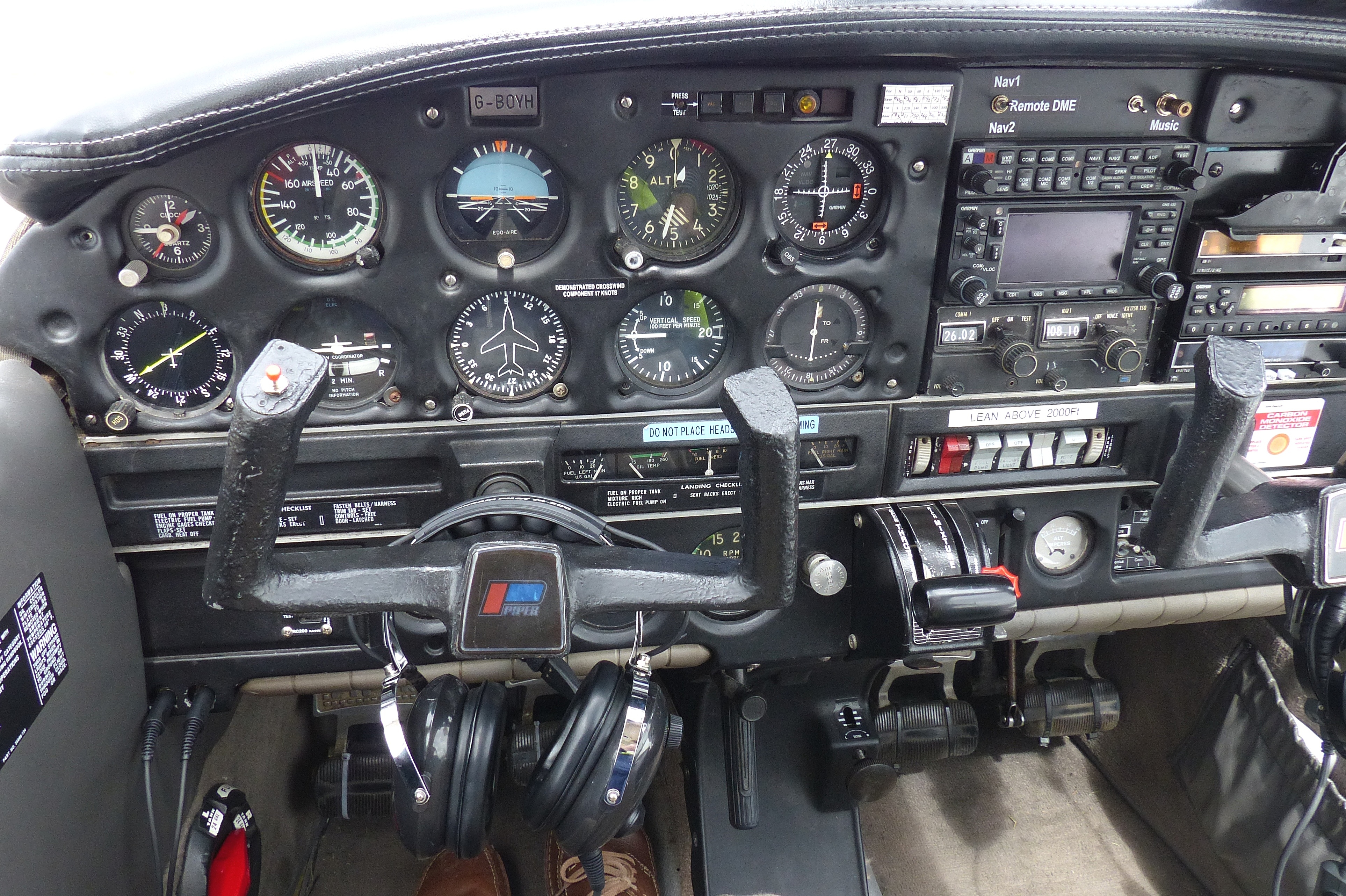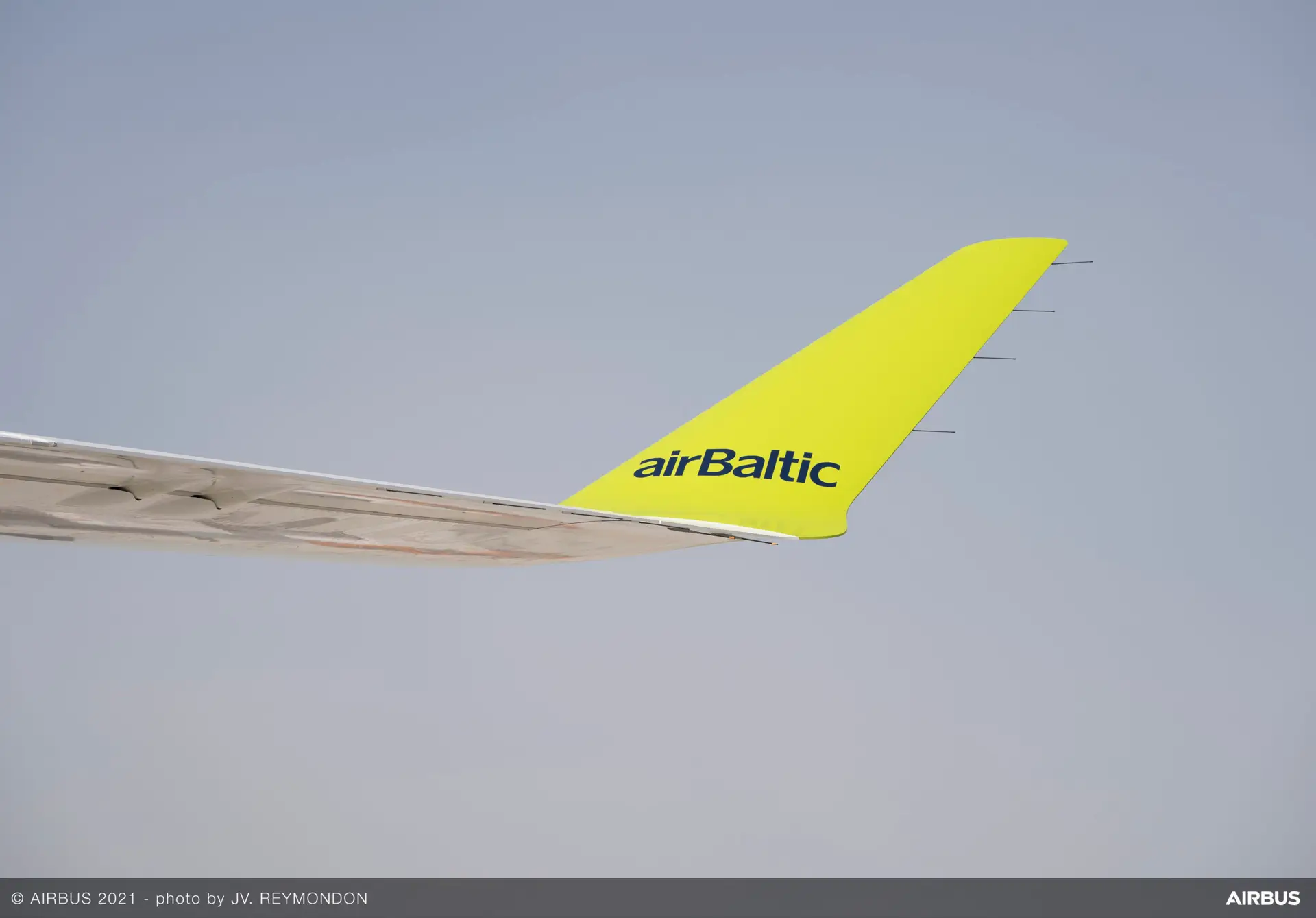Have you ever heard the term QNH in aviation and wondered what it means? In this blog post, we will explore the basics of QNH, breaking down its definition, importance, and practical applications. Understanding QNH is crucial for pilots, air traffic controllers, and anyone involved in aviation, so let’s dive in and decode this essential term.
Understanding the Definition and Importance of QNH
QNH stands as a pivotal term, representing the atmospheric pressure at sea level. This measure is fundamental for pilots, playing a critical role in ensuring their altimeters are accurately calibrated. Altimeters, for the uninitiated, are instruments used to gauge an aircraft’s altitude above sea level, making QNH indispensable for navigation and safety.
Why does QNH hold such significance? In essence, it allows for the standardisation of altitude measurements across different geographic locations. Imagine flying without this consistency; pilots would face challenges in maintaining a safe flight level, especially when transitioning between areas with varying atmospheric pressures. By adjusting the altimeter to reflect the QNH, pilots can confidently ascertain their precise altitude above sea level, a crucial factor in avoiding terrain and ensuring a safe distance from other aircraft.
Furthermore, QNH’s importance is underscored in its contribution to flight planning. Pilots incorporate this data into their pre-flight calculations to ensure that their journey from takeoff to landing is navigated accurately and safely. It’s not just about knowing where you are; it’s about maintaining the correct altitude throughout your flight path, a task made feasible through the application of QNH.
In summary, QNH is not just a term or a number; it’s a foundational element in the intricate ballet of aviation, ensuring that aircraft can traverse the skies safely, efficiently, and harmoniously. By understanding and applying QNH, pilots ensure the safety of their flights, affirming its critical role in the aviation sector.

By Myself (Adrian Pingstone). - My own photo, taken with a Panasonic FZ200 camera., Public Domain,
How QNH is Measured and Calculated
Peeling back the layers of QNH to understand how it’s measured and calculated can feel a bit like unlocking a scientific mystery, but let’s make it as simple and engaging as possible. At the heart of this process is the barometer, a tool that’s as crucial to pilots as a compass is to sailors. The barometer reads the atmospheric pressure, but not just any pressure – we’re talking about the pressure at your current location adjusted to what it would be at sea level.
This measurement is primarily expressed in two units: hectopascals (hPa) or inches of mercury (inHg). To paint a clearer picture, imagine the atmospheric pressure as a fluid. If you’re at sea level, the weight of the air above you is at its greatest, much like the pressure felt underwater increases the deeper you go. As elevation increases, this pressure decreases, which is why QNH calculations must bring local pressure back down to sea level terms, using a standard atmosphere model as the common denominator.
This adjustment isn’t just about crunching numbers; it ensures that all pilots, regardless of where they are in the world, can speak the same altitude language. It’s a bit like converting currencies when you travel – without a common standard, confusion would reign supreme. By calibrating the altimeter to the QNH, pilots can confidently navigate the skies, knowing their altitude above sea level matches that of others, creating a safer flying environment for everyone involved. It’s this meticulous calculation that ensures the skies remain a place of wonder, not worry.
The Role of QNH in Flight Planning and Navigation
Navigating the skies isn’t just about knowing where to go; it’s about ensuring you can get there safely and efficiently. This is where QNH, an indispensable tool in the aviation world, comes into play, especially during flight planning and navigation stages. Before a pilot takes off, they meticulously plan their route, considering not just the path they’ll take but also the altitudes they’ll fly at. Setting the altimeter to the correct QNH value for their specific location forms a critical part of this process.
By adjusting their altimeter to the local QNH, pilots can accurately determine their altitude relative to sea level. This precision is vital for maintaining safe vertical separation from other aircraft and avoiding obstacles that could pose a risk during the flight. For instance, when navigating through mountainous terrain or approaching an airport for landing, knowing the exact altitude above sea level, guided by QNH, becomes indispensable for a pilot.
Air traffic controllers also rely on QNH to coordinate the movement of aircraft within their airspace. By ensuring that all aircraft are using the same barometric pressure setting, controllers can effectively manage the safe and orderly flow of traffic, assigning altitudes that prevent in-air collisions and keep flights on their planned routes.
Thus, QNH doesn’t just aid in the planning phase but also accompanies pilots throughout their journey, offering them a reliable reference point that is constantly used to adjust their flight path as needed. This symbiosis between pilots and air traffic controllers, facilitated by QNH, is a testament to the term’s fundamental role in the art and science of aviation navigation.
Comparing QNH with Other Aviation Altimeter Settings
Exploring the world of aviation altimeter settings introduces us to more than just QNH. Alongside QNH, pilots also frequently use settings like QNE and QFE, each serving a unique purpose within different phases of flight. Understanding how QNH stands in relation to these settings helps to appreciate the nuances of flight operations further.
QNE, or the standard pressure setting, is universally set to 1013.25 hPa (or 29.92 inHg). This setting is particularly useful when flying at high altitudes, specifically above the transition altitude, where a standardised pressure setting ensures consistent altitude readings amongst aircraft, irrespective of the varying local pressure below.
On the other hand, QFE refers to the local atmospheric pressure at an airfield or airport, adjusted to mean sea level. When a pilot adjusts their altimeter to QFE, the reading will show the height above the specific airfield, effectively reading ‘zero’ when the aircraft is on the runway. This setting is often used during approach and landing phases to give pilots a clear and direct reading of their altitude above the runway surface, aiding in a precise landing.
In comparing QNH with QNE and QFE, it becomes evident that each setting serves a distinct phase of flight—from takeoff, cruising at high altitudes, to landing. The choice between these settings provides pilots with the flexibility to adapt their altitude readings to the specific demands of their flight path, ensuring safety and accuracy in navigating the skies. By understanding and adeptly switching between these settings, pilots can confidently manage their journey, making informed decisions based on accurate altitude information.
Practical Examples and Real-World Applications of QNH
Let’s illuminate the concept of QNH with a scenario that brings its application to life. Picture a scenario where a pilot is flying from Edinburgh to Birmingham. Upon receiving the latest weather report, they note that the QNH in Birmingham is 1020 hPa. By adjusting their altimeter to this value, the pilot aligns their aircraft’s altitude reading with the precise sea level pressure at their destination. This adjustment is crucial for the descent and approach phases of the flight, ensuring the pilot can accurately gauge their altitude above the terrain and other obstacles, leading to a safer landing approach.
In another example, consider a pilot navigating through the Scottish Highlands. The terrain here is challenging, with mountains that reach into the skies. By using the local QNH, the pilot can maintain a safe altitude above the ground, crucial for avoiding terrain in such a varied landscape. This practice highlights how QNH adjustments are vital not only for takeoff and landing but also for cruising safely when flying at lower altitudes over or near complex geographical features.
These examples showcase QNH’s indispensable role in aviation, acting as a critical tool for pilots to adapt to changing atmospheric pressures and maintain safety throughout their journey. Whether flying across flat landscapes or manoeuvring through mountainous regions, QNH provides a common language of altitude that ensures pilots everywhere can navigate the skies safely and confidently.
Frequently Asked Questions about QNH
Frequently Asked Questions about QNH often touch upon its core distinctions and operational significance. Here are some clarifications that might light up your understanding further:
- How does QNH differ from QNE?
QNH reflects the atmospheric pressure at sea level for a specific location, aiding pilots in navigating with precise altitude readings. QNE, on the other hand, is a standardised setting used for flight at high altitudes, helping maintain consistent altitude measurements among aircraft flying at these levels.
- Why does QNH hold such a vital place in the field of aviation?
Its significance lies in its ability to calibrate altimeters accurately, which is essential for navigating safely and efficiently. By ensuring that altitude readings are spot-on, QNH supports pilots in maintaining the appropriate flight levels, avoiding terrain, and seamlessly coordinating with air traffic control.
- At what intervals is QNH updated?
Meteorological agencies update QNH values periodically to reflect changes in the atmosphere. This ensures that pilots have access to the most current data for their altimeter settings, enhancing flight safety and operational accuracy










